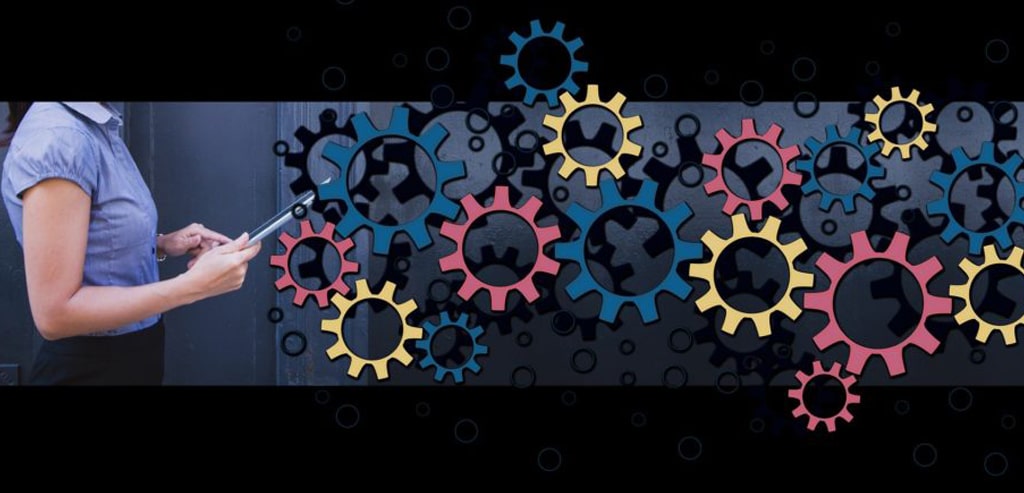Innovation in business technology is more robust than ever before. As technologies continue to advance, businesses have new opportunities for automation. With robotic process automation (RPA), for example, software bots complete repetitive, mundane tasks, freeing up the human workforce to concentrate on more important work. Another type of business optimization is business process management (BPM), which essentially involves the continual improvement of all business processes.
So how are RPA and BPM alike? How are they different? Would they ever be used together? Let’s take a look.
RPA vs. BPM: What’s the difference?
Let’s start by understanding RPA and BPM a little more.
RPA is a kind of technology. It uses “bots” to perform specific tasks. Not be confused with artificial intelligence, RPA bots are simply computer programs that do what they are built to do, over and over again with perfect execution. They do not “think” outside of their specific tasks.
BPM is not any one technology. Instead, it should be thought of as an approach to process optimization. This comprehensive, holistic approach takes all the aspects of any given business process and analyzes every step of the process, understanding how it works, why it works and what doesn’t work. Using the analysis, you then identify opportunities for improvement and execute them. Then you monitor, re-analyze and optimize again. The primary idea behind BPM is continual improvement.
RPA and BPM for Automation
While both RPA and BPM get thrown around a lot as terms in the business automation space, it’s important to understand that they are designed to achieve quite different things.
With RPA, you gain faster outputs with fewer errors. These bots are designed to take over for humans in very specific tasks. Think of this like a zoomed-in, super specific, microcosm of automation at work. The tasks that the bots complete free your people to focus on higher order thinking.
With BPM, you gain efficiencies in an entire process. This is where you’ll eliminate bottlenecks and boost productivity by correcting workflows and re-engineering how work gets done.
RPA and BPM Implementation
Implementation of RPA is fairly simple and straightforward. Because it is applied to existing business processes, there is little to no disruption and the work starts immediately.
BPM, on the other hand, is much more involved, and with good reason. It uses multiple technologies and resources, and it requires a state of constant and consistent adjustment for maximized benefit. And guess what? Just like it is in our personal lives, change is hard! Implementing BPM is undoubtedly a huge disruption to any organization, but there’s a payoff: It often comes with huge improvements to match.
Anticipating the Impact of RPA and BPM
Perhaps one of the biggest upsides to RPA is that the return on your investment is fast and measurable. With employees doing their best work and the bots doing theirs, the upsides are felt almost immediately.
BPM, on the contrary, is a long-term gain. While the benefits might not be seen right out of the gates, when they are realized, they are truly transformational, with measurable improvements in productivity, costs, efficiencies and so much more. And because it’s built on the idea of continual improvement, the potential upside is limitless.
BPM and RPA Together
As you can see, RPA and BPM are not competitive opportunities. Quite the opposite, they can be complementary when used for the right applications. While RPA automates specific tasks within a process, BPM streamlines entire processes within a business. They can both be used to solve a number of different business challenges, albeit in very different ways.
Interested in learning more? Contact one of RPA experts at hello@epsoftinc.com.

